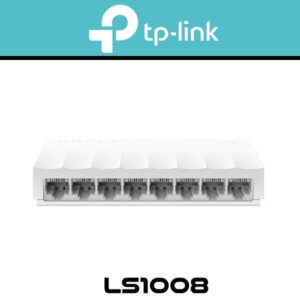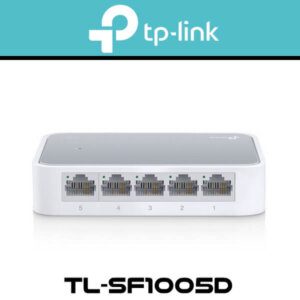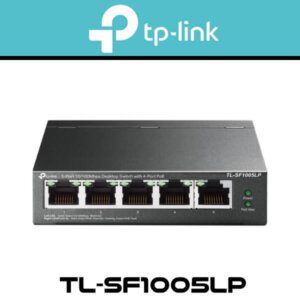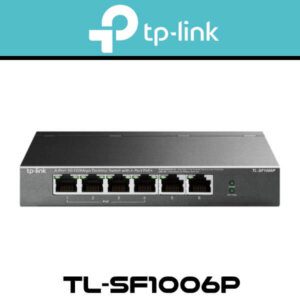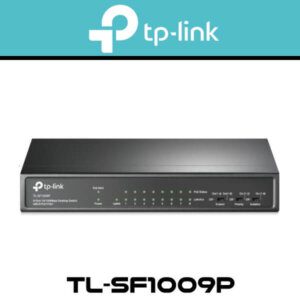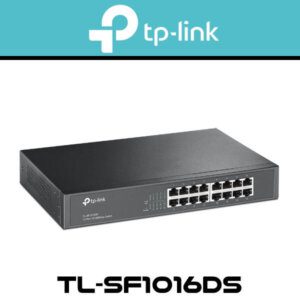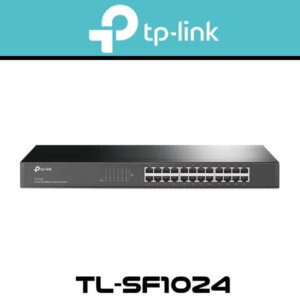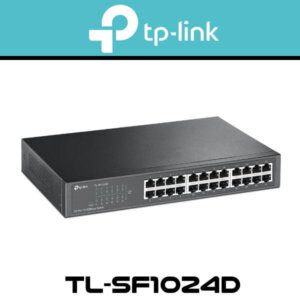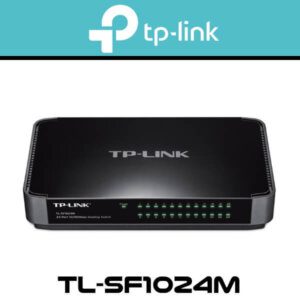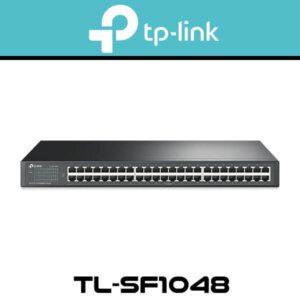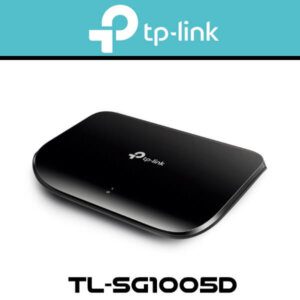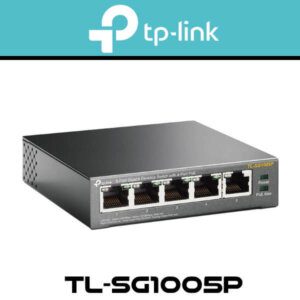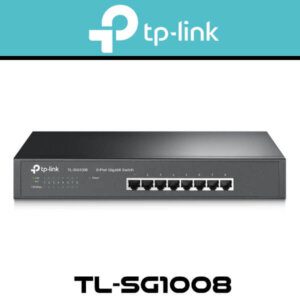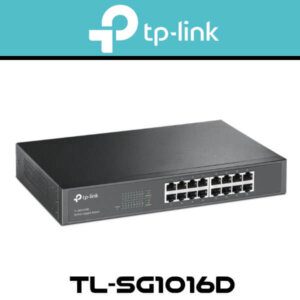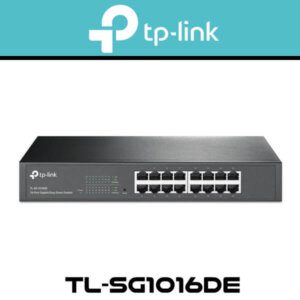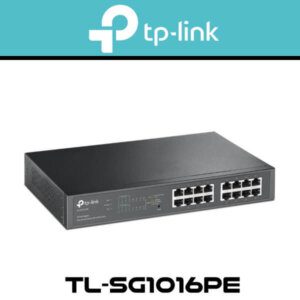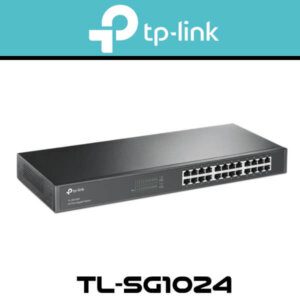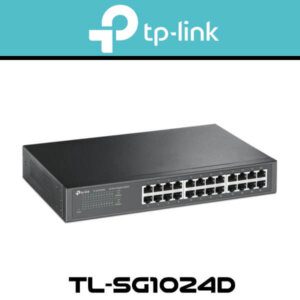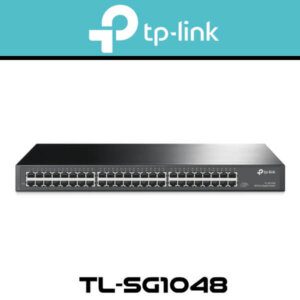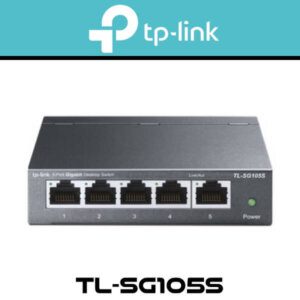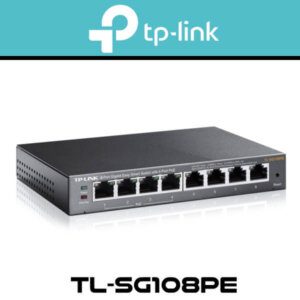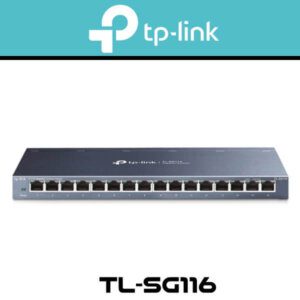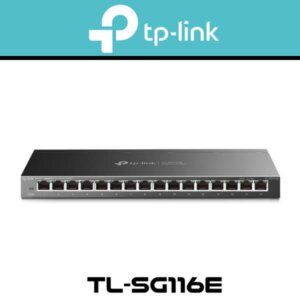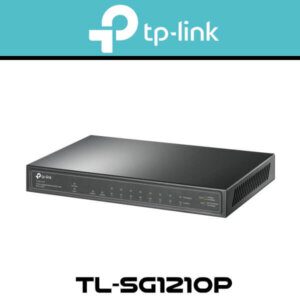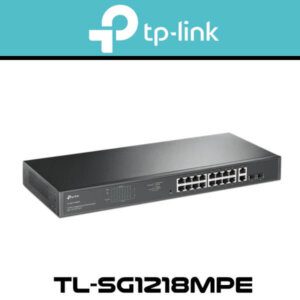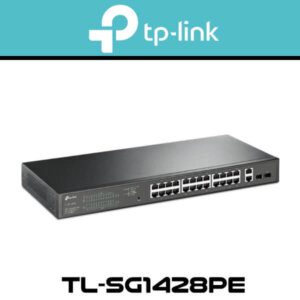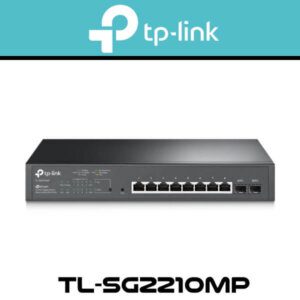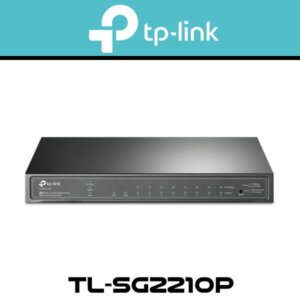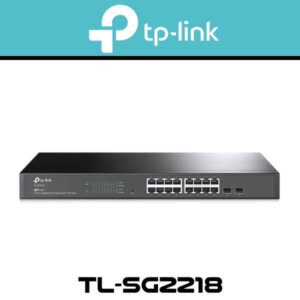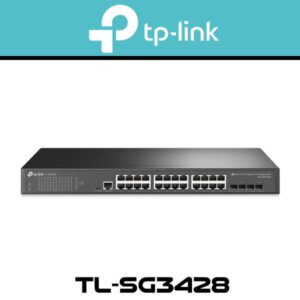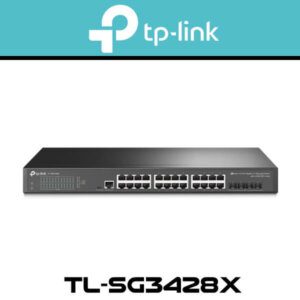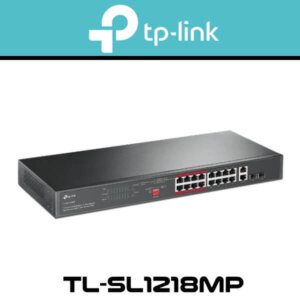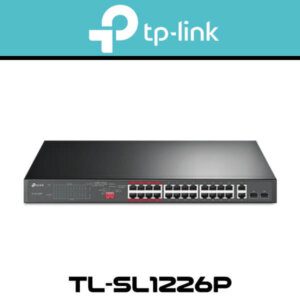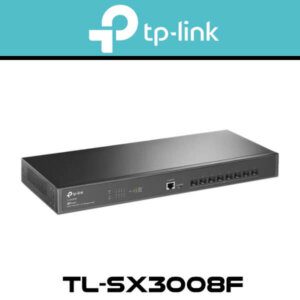Tplink Network Switch Dubai
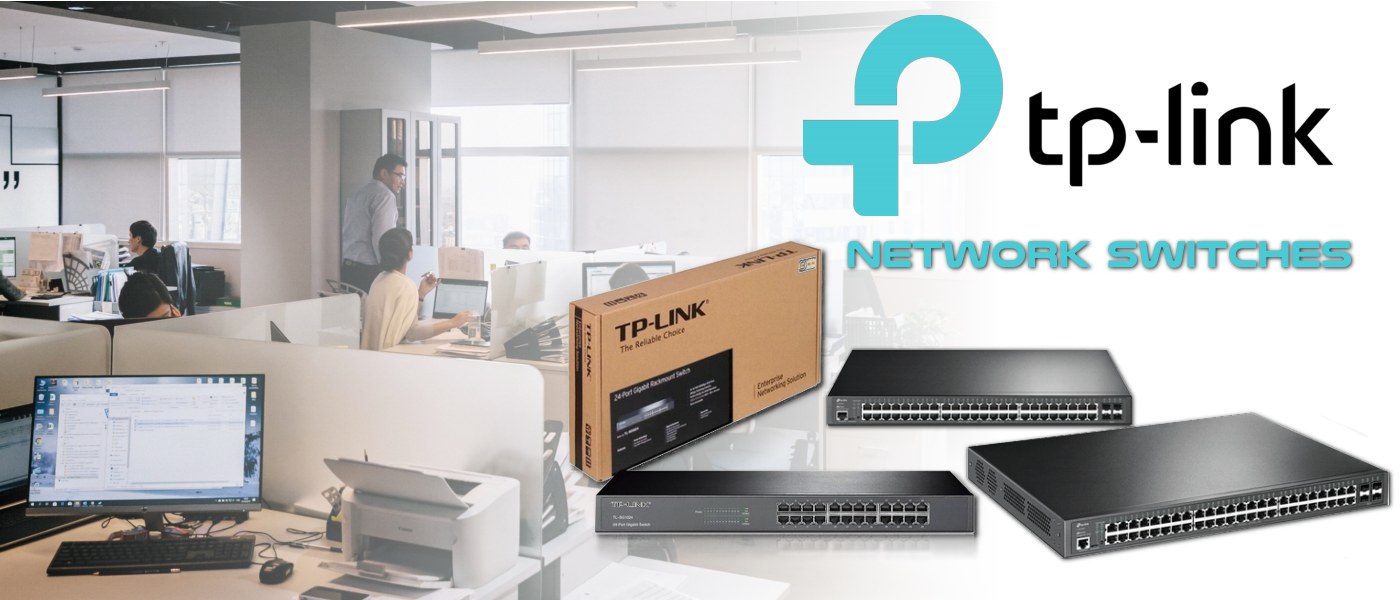
Tplink Network Switches Dubai
TP-Link network switches are networking devices that are used to connect multiple devices within a network. They work by forwarding data packets between devices, allowing them to communicate with each other and share resources.
There are various types of network switches available from TP-Link, including managed and unmanaged switches, and those with different number of ports.
Unmanaged switches are typically the simplest and most affordable option. These are plug-and-play devices that don’t require any configuration and simply forward data packets between connected devices.
Managed switches, on the other hand, offer more advanced features and control options. These switches can be configured using a web interface or command line interface, and they offer features such as Quality of Service (QoS), VLANs, port mirroring, and link aggregation.
TP-Link also offers different port-count switches, from the small 5-port switches to large 48-port switches that are suitable for small office, home office or enterprise-level use cases. With different port options, you can choose the switch that best suits your needs.
One of the popular product of TP-Link Switch is the TL-SG1016D, a 16-Port Gigabit Desktop Switch, providing high-performance, enterprise-level QoS, useful security strategies and rich layer 2 management features. This switch is suitable for large and medium-sized business, and provide stable network solutions with high-speed data transfer, fluent multimedia streaming and low power consumption.
Another notable product is the TL-SG108E, an 8-port Gigabit Easy Smart switch, providing network management with an easy-to-use web interface, allowing users to monitor network status, configure ports, even apply access control policies and prevent network threats, ideal for Small and Medium Business.
In addition to standard switches, TP-Link also offers PoE switches, which provide both power and data connectivity to connected devices over Ethernet cables. This type of switch is often used for powering IP cameras, wireless access points, and other devices that require both power and data connectivity.
In summary, TP-Link offers a wide range of network switches to suit different needs and budget. From plug-and-play unmanaged switches to more advanced managed switches, they have a variety of options with different port counts to connect multiple devices within a network, enabling smooth communication and resource sharing. Their switches also offers features such as VLANs, QoS, port mirroring and link aggregation, which makes them suitable for both small and large organizations.
TPlink Switch Models
TP-Link offers a wide range of switch types to meet the needs of different types of users and organizations. Some of the different types of switches offered by TP-Link include:
- Unmanaged Switches: These are the simplest and most affordable option. These switches are plug-and-play devices that don’t require any configuration, they simply forward data packets between connected devices. They are suitable for small home and office networks.
- Managed Switches: These switches offer more advanced features and control options. They can be configured using a web interface or command line interface, and they offer features such as Quality of Service (QoS), VLANs, port mirroring, and link aggregation. They are suitable for medium to large organizations and enterprise environments.
- Smart Switches: These are a type of managed switch that offers web-based management, with a simple and user-friendly interface. They offer a range of useful management features, such as network monitoring, access control, and troubleshooting capabilities. These are suitable for small to medium-sized businesses.
- PoE Switches: These switches provide both power and data connectivity to connected devices over Ethernet cables. They are often used for powering IP cameras, wireless access points, and other devices that require both power and data connectivity. They are suitable for small and medium-sized businesses and home offices that use PoE-enabled devices.
- Stacking Switches: These are switches that can be combined to form a single, logical switch that provides high-availability, redundancy and increased throughput, They are suitable for large enterprise environments and data centers.
In summary, TP-Link offers a wide range of switch types to meet the needs of different types of users and organizations. They have options for plug-and-play unmanaged switches, more advanced managed switches, Smart switches with web-based management, PoE switches and stacking switches for high-availability, redundancy and increased throughput. With these different options, you can choose the switch that best suits your needs, whether you’re looking for a basic switch for a small home office, or a more advanced switch for a large enterprise.
Showing all 62 results



